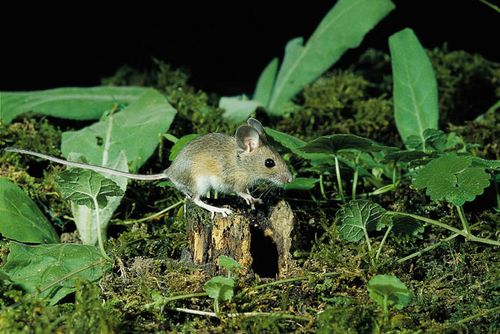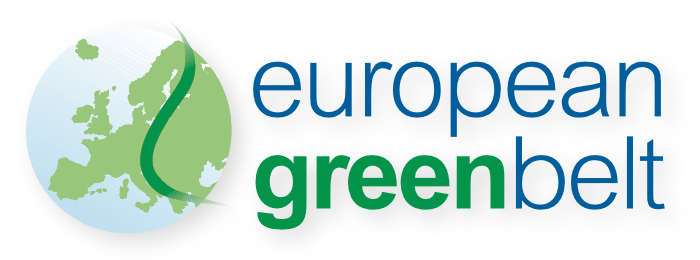New study investigates linkages of wildlife populations at the European Green Belt
“Humans divide, nature unites” is a theme of the European Green Belt (EGB) and that of a new study being led by researchers at the Center for Large Landscape Conservation (CLLC) and the University of North Texas. The study is testing the degree to which extent linkages in the landscape along reaches of the EGB in South Bohemia and Moravia (along the border between Czech Republic and Austria) effectively link wildlife populations.

Utilizing existing landscape configurations that have been stable for more than 50 years, the researchers hope to identify a set of factors that promote connectivity across different landscape configurations and individual species traits in the hopes of helping design and implement more effective wildlife linkages. Mesocarnivores and small mammals are the main interest of their study. In Czech Republic, this includes: Apodemus sylvaticus, Apodemus flavicollis, and Clethrionomys glareolus. Field work includes live-trapping and sampling small mammals for genetic material, general body measurements, and landscape covariates. Czech Republic field work was launched in spring of 2019 with local logistical support of the Centre for the Future, and is still underway. Genetic analysis will be completed later this fall, or as soon as travel restrictions allow.
Broadening the project to include sites in Germany, Italy, and France over the next two years is intended. Thus, the team is interested in expanding their network of research sites and collaborating with local researchers and conservation NGOs. This interview with Dr. Andrew Gregory explains the project in more detail. If interested in working with the corridors project team, or learning more about their activities, please contact Dr. Andrew Gregory (University of North Texas), Paul Beier or Emma Spence or visit the Facebook page “Do Corridors Work”.
